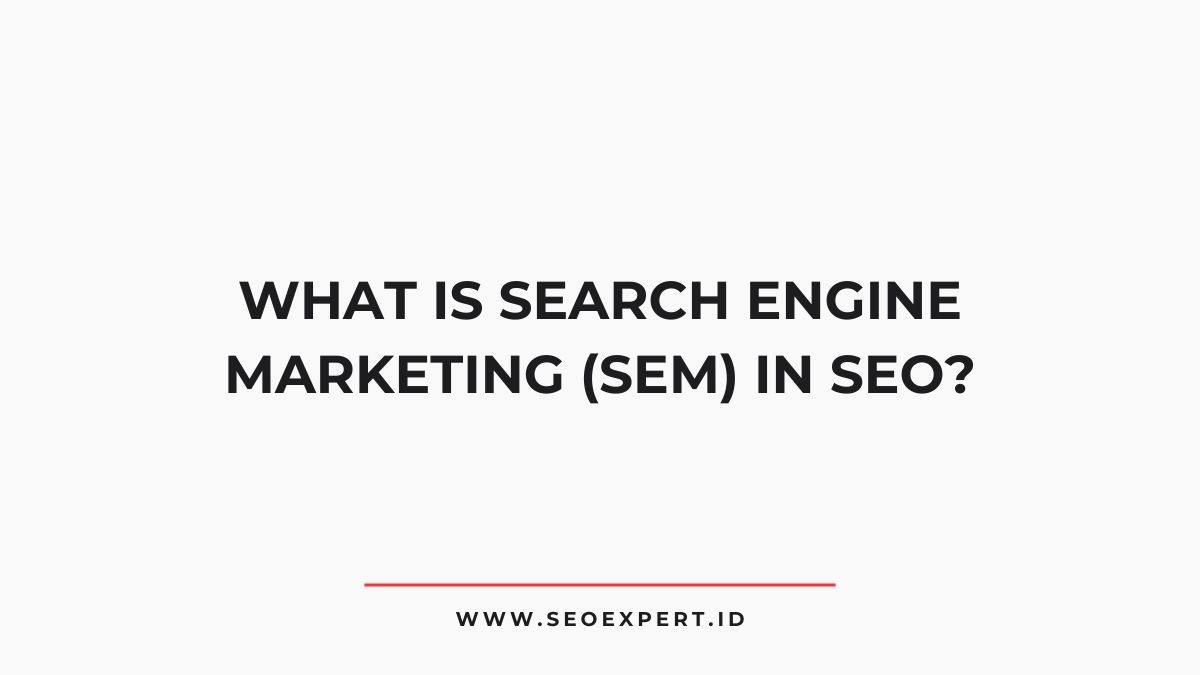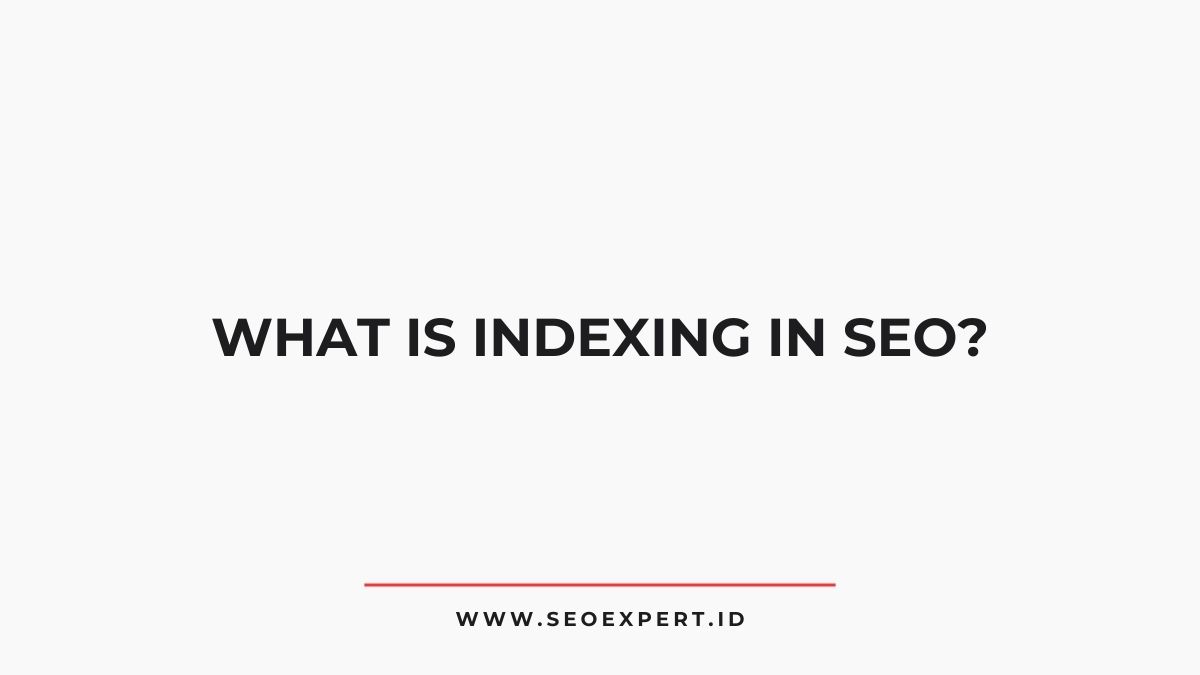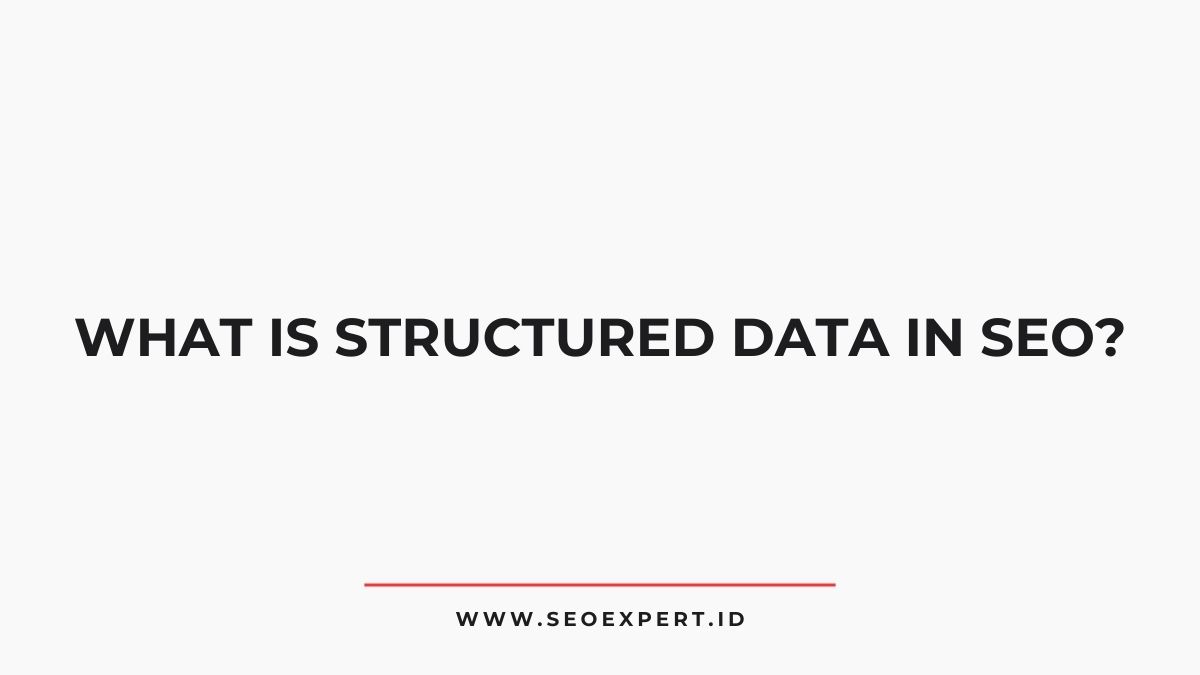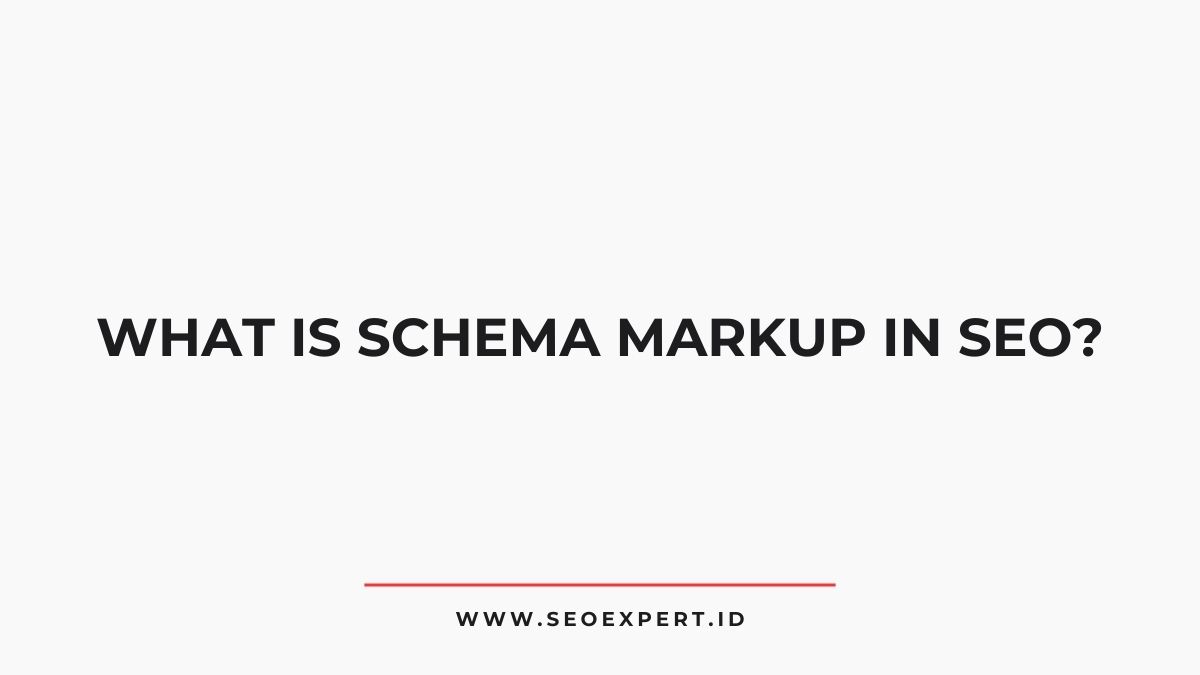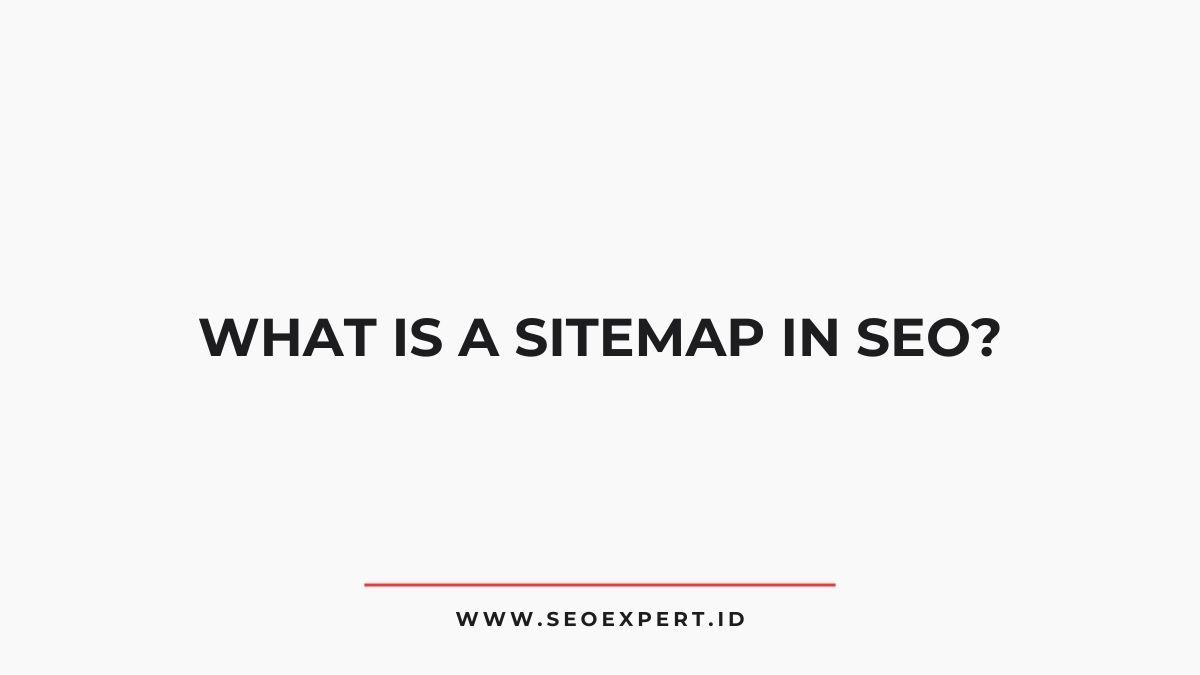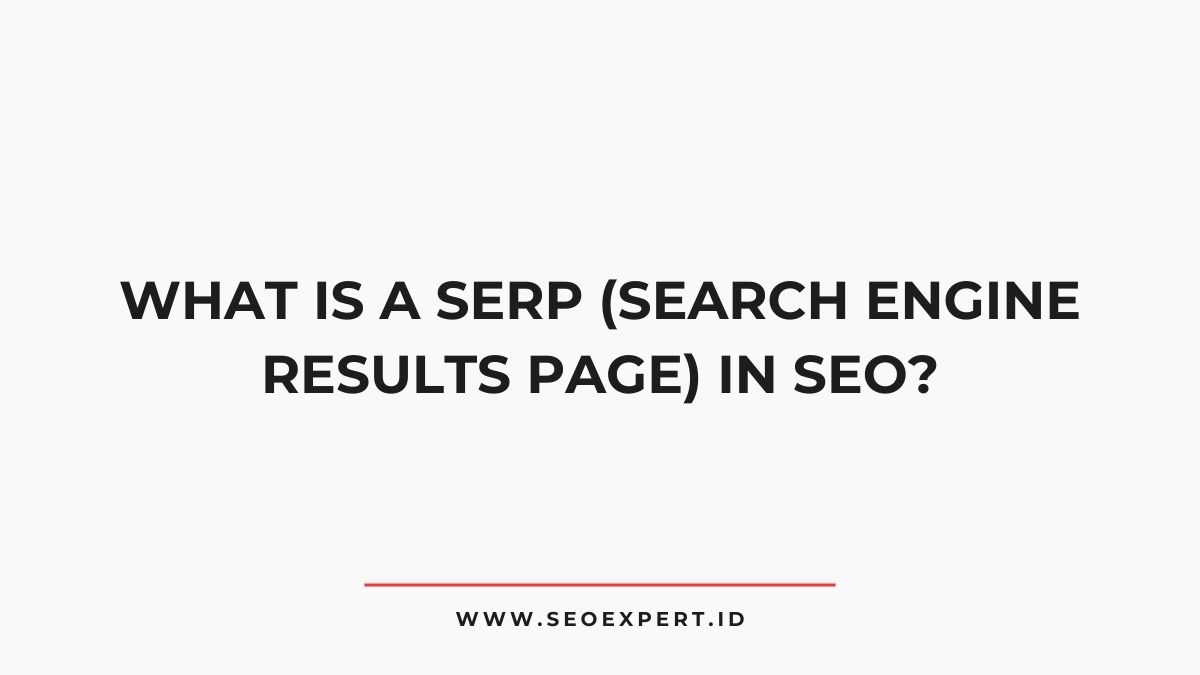Search Engine Marketing (SEM) is a vital aspect of digital marketing that utilizes paid advertising to boost online visibility and drive targeted traffic.
Writecream
Your ultimate secret weapon for SEO, sales, and marketing success.
It complements Search Engine Optimization (SEO) by providing immediate traffic that can inform and enhance long-term SEO strategies.
SEM focuses on keyword research, ad copy, and audience targeting to achieve measurable results. This dynamic approach guarantees brands reach their desired demographics effectively.
Exploring further will uncover additional insights into optimizing both SEM and SEO strategies.
Highlights
Hide- Search Engine Marketing (SEM) enhances online visibility through paid advertising, complementing SEO's organic strategies.
- SEM drives immediate traffic, providing insights that can inform and optimize SEO tactics.
- Effective SEM involves keyword research, ad creation, targeting, and performance analytics to improve campaign results.
- SEM and SEO work synergistically, with SEM boosting credibility and authority for organic search efforts.
- Measurable outcomes from SEM campaigns, such as CTR and CPA, help refine overall digital marketing strategies.
Understanding the Basics of Search Engine Marketing (SEM)
Search Engine Marketing (SEM) serves as a critical component in the digital marketing landscape, enabling businesses to enhance their online visibility and attract targeted traffic.
By utilizing paid advertising strategies, such as pay-per-click (PPC) campaigns, SEM allows companies to strategically position themselves in search engine results, ensuring they reach potential customers at the moment of intent.
Utilizing PPC campaigns, SEM enables businesses to effectively target potential customers in search engine results at their moment of intent.
This targeted approach not only amplifies brand exposure but also generates measurable results, providing insights that can drive future marketing decisions.
Additionally, SEM offers flexibility, allowing businesses to adjust their campaigns based on performance metrics.
In an increasingly competitive online environment, understanding and implementing SEM effectively is paramount for organizations seeking to secure their market position while ensuring a safe and reliable experience for users.
The Relationship Between SEO and SEM
Although often viewed as distinct entities, the relationship between SEO and SEM is intricate and synergistic, with each discipline enhancing the effectiveness of the other.
Effective SEM strategies can benefit from well-executed SEO practices, while SEO can gain insights from SEM data.
The fusion of these approaches can lead to improved online visibility and higher conversion rates.
- SEM provides immediate traffic that can be analyzed to inform SEO strategies.
- SEO builds organic authority, which can enhance the credibility of paid campaigns.
- Both disciplines rely on keyword research, guaranteeing consistent messaging.
- Utilizing analytics from SEM can optimize SEO efforts for better long-term results.
Understanding this relationship is essential for creating a thorough digital marketing strategy that guarantees safety and success.
Key Components of SEM Strategies
The synergy between SEO and SEM lays the groundwork for effective SEM strategies, which hinge on several key components.
First, keyword research is essential, enabling marketers to identify terms that potential customers are using.
Keyword research is crucial for marketers to uncover the terms that resonate with potential customers.
Second, ad copy and creative design play significant roles in attracting attention and driving engagement.
Third, targeting and segmentation guarantee that the right audience receives the message, maximizing the likelihood of conversion.
Additionally, bid management strategies are critical for optimizing ad spend while achieving desired positioning.
Finally, performance analytics provide insights into campaign effectiveness, allowing for iterative improvements.
Together, these components create a robust framework that not only enhances visibility but also assures a safe and trustworthy experience for users traversing the digital landscape.
Benefits of Implementing SEM in Your Marketing Plan
Implementing SEM in a marketing plan delivers significant advantages that can propel a brand’s visibility and engagement. By strategically utilizing search engine marketing, companies can enhance their online presence and optimize their return on investment.
- Increased visibility: SEM places brands at the top of search results, ensuring they are seen by potential customers.
- Targeted reach: Advertisers can focus on specific demographics, maximizing the relevance of their campaigns.
- Measurable results: SEM provides detailed analytics, allowing marketers to track performance and adjust strategies accordingly.
- Cost-effective options: With pay-per-click models, businesses can control spending while still attracting high-quality traffic.
These benefits not only improve brand awareness but also foster trust and security among consumers, making SEM a crucial component of modern marketing strategies.
Common SEM Techniques and Tools
A variety of common techniques and tools can greatly enhance the effectiveness of search engine marketing (SEM) strategies.
Keyword research tools, such as Google Keyword Planner, allow marketers to identify high-traffic keywords that align with user intent. Pay-per-click (PPC) advertising platforms, like Google Ads, enable targeted ad placements, maximizing visibility and engagement.
Keyword research tools and PPC platforms are essential for targeting high-traffic keywords and maximizing ad visibility.
Additionally, ad extensions can improve click-through rates by providing users with more information. Remarketing techniques help re-engage potential customers who previously interacted with a brand.
Finally, bid management tools streamline the optimization of ad spend, ensuring a balanced approach to budget allocation.
Measuring Success in SEM Campaigns
Success in SEM campaigns can be effectively gauged through a variety of key performance indicators (KPIs) that provide insights into both performance and return on investment.
By closely monitoring these metrics, marketers can refine strategies and allocate resources more efficiently, ensuring ideal campaign outcomes.
- Click-Through Rate (CTR): Measures the effectiveness of ad copy and targeting.
- Conversion Rate: Indicates the percentage of visitors who complete desired actions.
- Cost Per Acquisition (CPA): Assesses the financial efficiency of acquiring customers.
- Return on Ad Spend (ROAS): Evaluates the revenue generated for every dollar spent on advertising.
Analyzing these KPIs allows businesses to make informed decisions, thereby enhancing safety and effectiveness in their SEM efforts.
Best Practices for Integrating SEM With SEO
Integrating Search Engine Marketing (SEM) with Search Engine Optimization (SEO) can greatly amplify a brand’s online visibility and overall marketing performance.
To achieve this synergy, businesses should begin by aligning their keyword strategies, ensuring that both paid and organic efforts target the same valuable search terms.
Utilizing data analytics to monitor user behavior can inform adjustments across both channels, optimizing ad spend while enhancing organic content.
Aligning keyword strategies across paid and organic efforts maximizes search term effectiveness and enhances overall marketing performance.
Additionally, employing A/B testing for landing pages can refine user experience, thereby improving conversion rates. Regularly updating content based on SEM insights fosters relevance in organic search results.
Finally, maintaining a consistent brand message across all platforms not only builds trust but also reinforces the effectiveness of combined SEM and SEO strategies, leading to sustainable growth and safety in the digital landscape.
Wrapping Up
To summarize, Search Engine Marketing (SEM) and Search Engine Optimization (SEO) are interdependent, each enhancing the effectiveness of the other.
While SEM offers immediate visibility through paid advertising, its true potential is realized when integrated with robust SEO practices.
This synergy not only maximizes reach but also fosters a deeper understanding of audience behavior.
By strategically leveraging both disciplines, marketers can achieve sustainable growth, challenging the notion that one approach suffices in the dynamic digital landscape.
